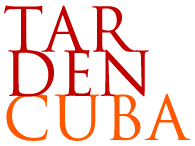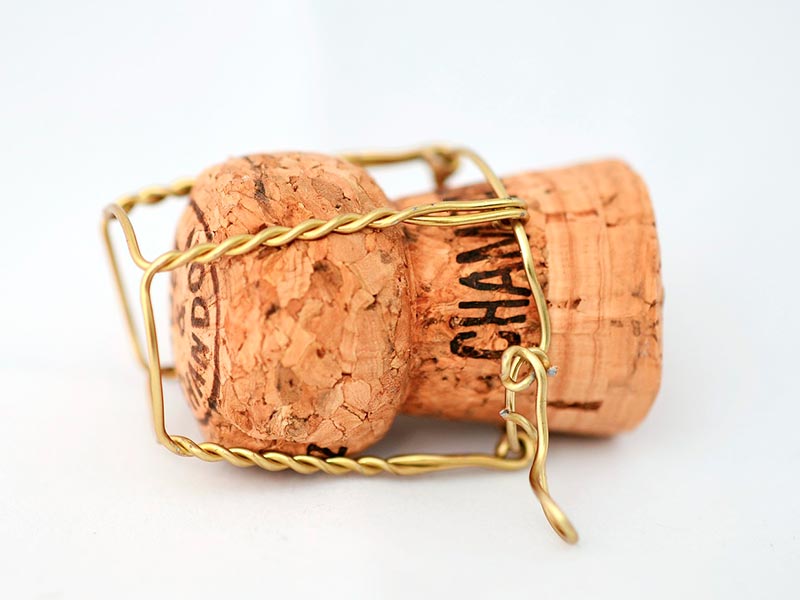Every champagne is a sparkling wine but not every sparkling wine is a Champagne. The main difference lies on the Protected Designation of Origin.
The term Champagne is set for a Protected Designation of Origin and the production according to the Champenoise technique used in French Champagne region. Only sparkling wines artisanal created in the same region and following the regulations for the aforementioned Designation of Origin can be named under the Champagne term. This wine region produces many of the best sparkling wines in the world.
On the other hand, wines and soft drinks produced in other place different to France are called sparkling wines. Spain has therefore many areas where this type of wines is produced and gives a run for the well-known French sparkling.
Let’s focus on both of them:
French Champagne
The champagne is a sparkling wine that belongs to the aforementioned Champagne region. It is often a white wine but we can also find a rose champagne.
Production method has two fermentation stages: on barrel at first and then on bottle.
Although the designation comes from the Champagne region this wine was already known by the Romans who used to call it ‘vinum titillum’.
The champagne is made out of several grape types although the key varieties are:
- Chardonnay
- Pinot noir
- Pinot meunier
- Chenin blanc
Champagne consumption is usually addressed to celebrations and of course for sports events. The first time the champagne was used in that way was in 1907, after the Peking – Paris motor race, where the winners had a champagne bottle as the only prize.
Spanish sparkling wine
Sparkling wines are those with dissolved gas on them. The gas is produced after the second fermentation on the closed bottle or inside closed casks so the carbon dioxide cannot leak and it is then dissolved in the fluid. There are many possibilities to get the aforementioned second fermentation on the bottle: by adding sugar to the wine, by bottling the wine before fermentation ends or by closing the fermentation cask before this comes to an end.
The predominance in Spanish sparkling wines corresponds to San Sadurní de Noya, in the Alto Penedés region (Barcelona). We are referring to the famous cava, with a worldwide deserved reputation.
It is interesting to note that on the late XIX century, Josep Raventós was the first person in creating a sparkling wine similar to champagne with no further success. His son Manuel Raventós decided to use the three local varieties: macabeo, xare lo and parellada, producing the first Spanish sparkling wine with its own personality and getting a later sales breakout.

